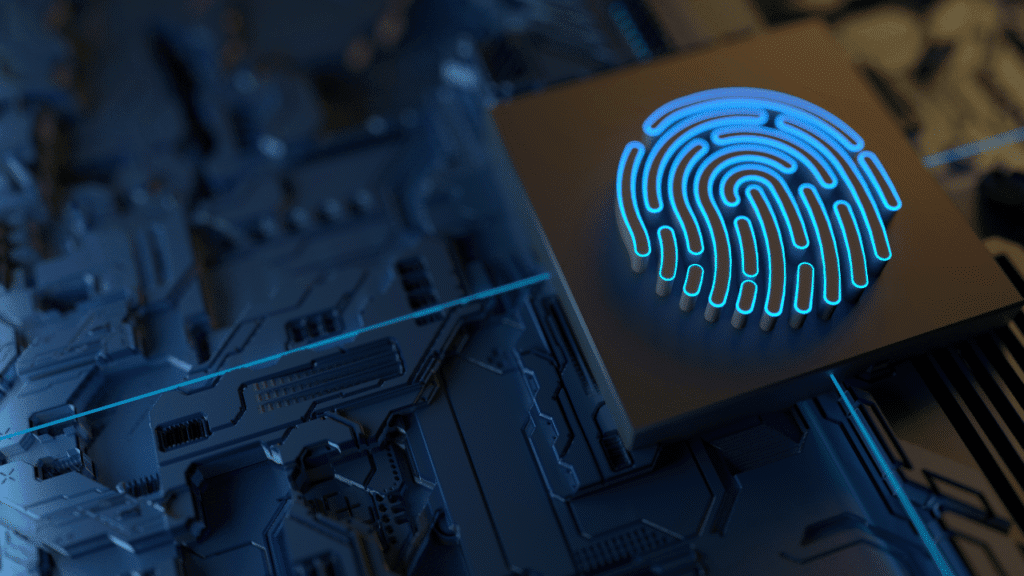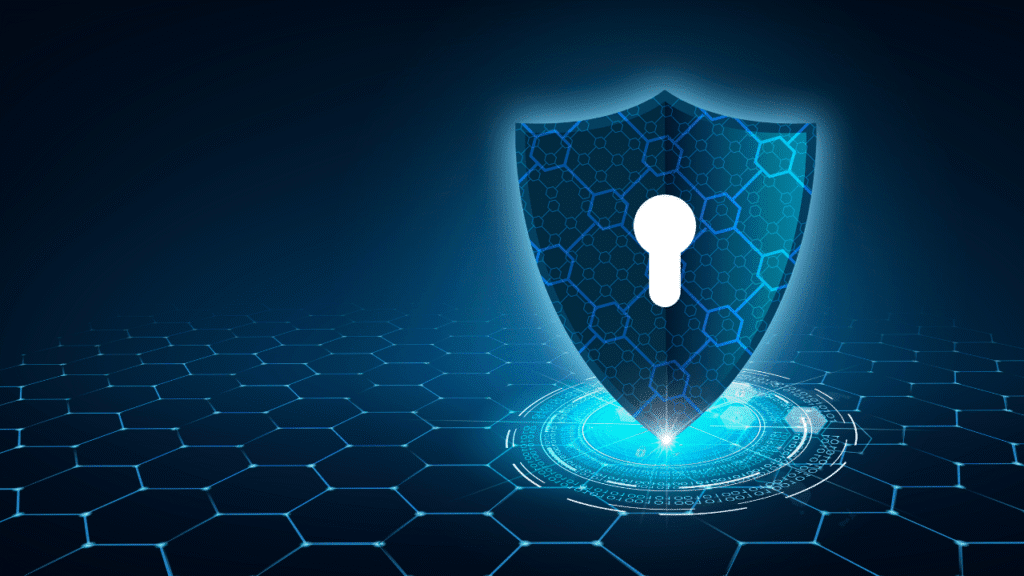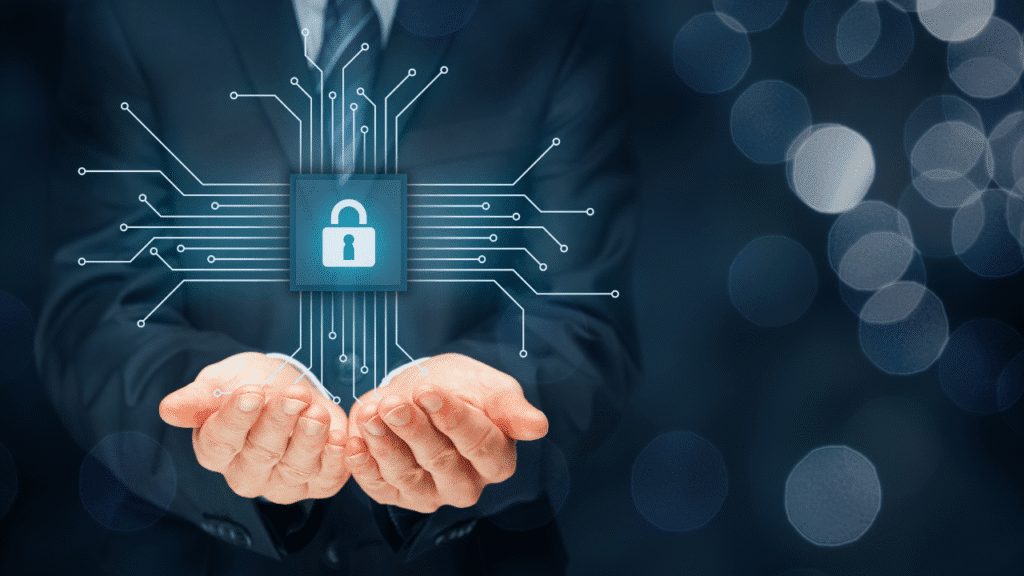Discover essential strategies and tools for mastering cybersecurity. Enhance your skills and protect your digital assets with expert insights and resources. Heard, I suppose the security issues will rise rapidly in this technical world. Of course, it has happened in the recent scandals, from the breach of individual data to hacking of great corporations, which continue to confront pits in this world. Cybersecurity has thus become apparent to all, not an option but compulsory for all-from individuals to institutions. This guide elaborates on some basic things concerning cybersecurity, the best practices, modern threats, and how one’s digital environment can be hardened against attacks.
Understanding Mastering Cybersecurity
Well, cybersecurity is nothing but the branch under which cyberattacks fall. All the attacks are aimed at unauthorized access, destruction of sensitive information, extortion of funds, or interruption of the normal flow of business.
Importance of Cyber Security
Thus, it goes without saying that the importance of cybersecurity cannot be overemphasized. As the reliance on digital platforms will grow, the avenues for misuse will increase. Hence, the safeguards will need to incorporate those that are aimed at ensuring confidentiality, integrity, and availability of information, thereby preempting security breaches and illegal access.
Key Principles of Cyber Security
1. Confidentiality
Restricting access to sensitive information to individuals who are authorized to have access.
2. Integrity
Guarding against improper information modification or destruction includes measures for information authenticity.
3. Availability
Information and communication systems should be accessible to authorized users at all times.
Common Cyber Threats
1. Malware
Intentionally harmful software meant to interfere with the work of the system, such as viruses, worms, and trojans.
2. Phishing
Fake attempts to solicit sensitive information for purposes of an entity claiming to be or actually being an authority or trustworthy person.
3. Denial of Service (DoS) Attacks
Flooding systems, servers, or networks with traffic for hours to consume resources, rendering them inaccessible to users.
Firearm Cybersecurity Best Practices
1. Strong Passwords
Create a hard-to-guess password, using letters, numbers, and symbols; avoid information that can be guessed.
2. Multi-Factor Authentication (MFA)
The other major reinforcement to those barriers to access will come from requiring more than one method of validation.
3. Keep Software Updated
Installed patches must always be up-to-date across all systems and applications being protected against known threats.
4. Educate and Train Users
Regularly hold training events to keep users informed of emerging threats and good security practices.
5. Use of Antivirus and Firewalls
The firewall will block unauthorized access, while the antivirus software will identify and eliminate malware.
Advanced Cybersecurity Improvements
1. Zero Trust Architecture
This architecture enforces rigorous identity verification for any person or device to be granted access to any resources, internal or external.
2. Security Audits
Perform regular audits to ensure compliance with security policies.
3. Incident Response Development Plan
Development and maintenance of a plan to facilitate quick response to security incidents so that damage and recovery time can be minimized.
4. Data Encryption
Protects sensitive data, and the secure format will transform information into a form that cannot be read without the key for decryption.
Emerging Cybersecurity Trends
1. AI + ML
Real-time detection of anomalies in threat to elevating efficient working of Cybersecurity systems.
2. Cloud Security
Best practices for securing data and applications in a cloud environment.
3. Internet of Things (IoT) Security
Securing connected devices that collect and exchange information- this entity should deny unauthorized access and breaches into the data.
Building a Mastering Cybersecurity Career
Education
Obtain a degree in computer-related courses, information technology, or specialized programs in cybersecurity.
Certification
The development of certified professionals has its roots in the program-wise evolution of CISSP (Certified Information Systems Security Professional), CEH (Certified Ethical Hacker) programs, or some CompTIA Security+.
Experience
Practical exposure through internships, participation in cyber contests, and work in open-source projects.
Conclusion
Cybersecurity is a moving target; it keeps changing, and hence, people and organizations have to remain vigilant, learning, and adapting to these threats. With some awareness of the fundamentals and some application of best practices and a bit of trendy awareness, individuals or corporations may develop the capacity to counter fast-evolving techniques of cyber threat actors. Not only do they protect the assets or data of an organization, but they also stand as protection for that organization or individual in the digital space.
FAQs About Mastering Cybersecurity
1. When the idea to improve mastering cybersecurity for a small business is considered, where do you start?
First, perform a risk assessment to identify possible areas of vulnerability, and then implement minimum basic security measures to include a good password policy, firewall settings, and regular updates.
2. Will antivirus put a stop to all levels of mastering cybersecurity?
While antivirus software is very important in provide protection, it does not do a full-proof job. These would be complemented in a balanced way with a firewall, IDS and educating the users.
3. What is phishing, and how do I prevent falling victim to it?
Phishing refers to scams perpetrated by someone pretending to be trustworthy in order to solicit sensitive information. Avoid clicking random links, verify email addresses claiming to be from the trusted source, and NEVER provide confidential information through unverified channels.



